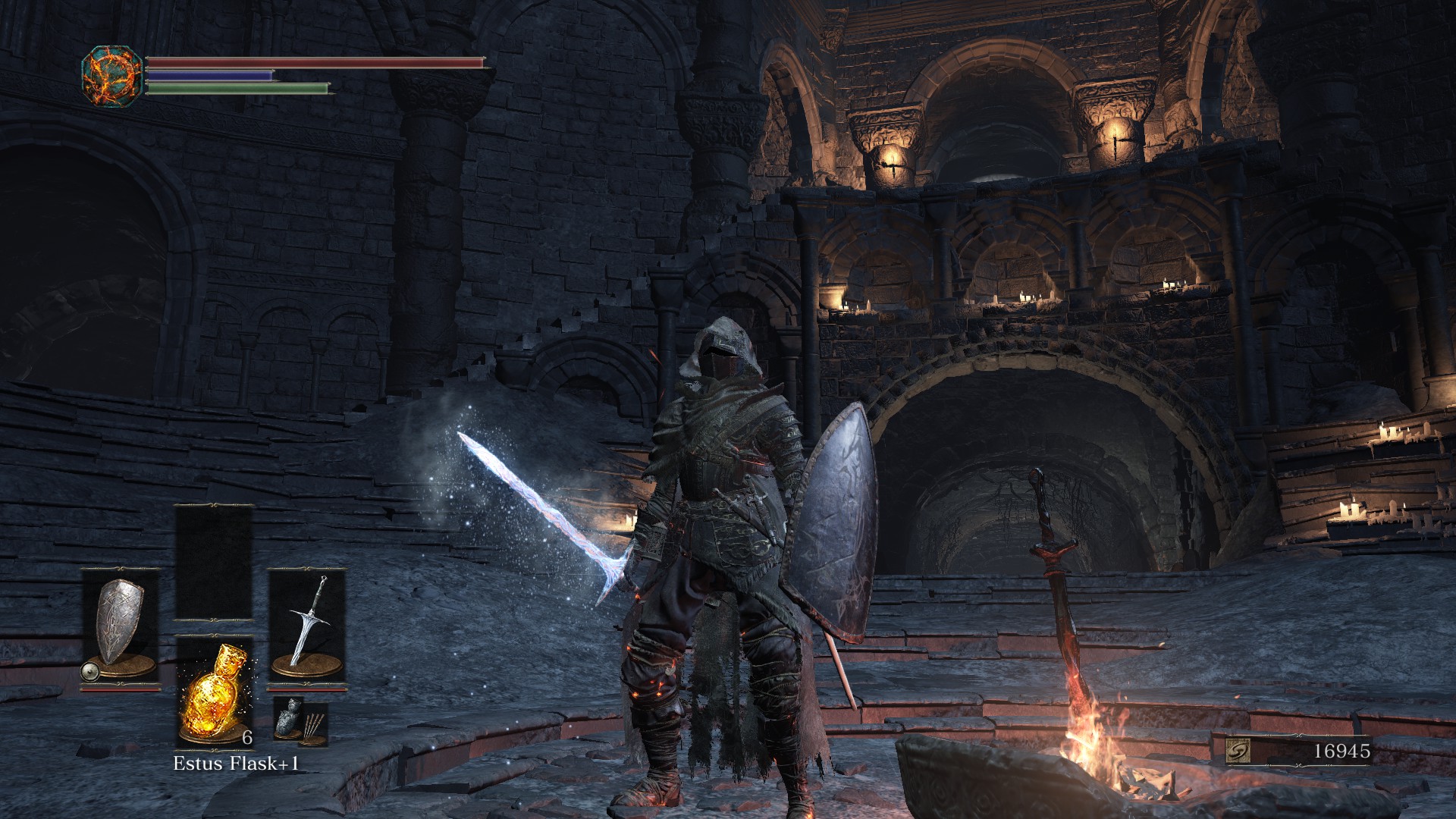The Souls series has had a lot of digital ink spilled over it in these parts. I was the lone fan of Demon's Souls until our good friend Andrew Gaskill came along and penned tens of thousands of words about that game and Dark Souls for us. His enthusiasm snared our editorial community, drawing in our own Locke Vincent and eventually Jason Love joined the fray in Dark Souls 2. The release of a Souls game has become a hotly anticipated event for us, and we always end up pre-planning characters and organizing co-op runs, streams, and the like.
Dark Souls 3 feels tailor made for players who fit our mold, but at the same time it’s probably the most accessible that the series has been. While the difficulty will vary from player to player, things like where you’re supposed to go, what items do, and how to solve environmental puzzles are made very clear.
While all of the games have always been thematically related, direct connections between any of them are usually found through the existence of similar equipment and factions; the nature of the series’ storytelling keeps a lot of that buried under the surface. Dark Souls 3 still does most of its storytelling through sparse NPC questlines and item descriptions but the connection to every other game in the series (including nods to Demon's Souls and Bloodborne) is front and center.
It’s appropriate that much of the Souls’ stories have been about cycles as this time around you’ll end up traveling some very familiar paths. Your character is referred to the Unkindled Ash and you must restore the Lords of Cinder to their thrones. There are very direct ties to the previous games and throughout your journeys in Lothric, you’ll cross paths with some familiar faces and places, although you might not recognize them at first.

For veterans, this can lead to Dark Souls 3 feeling like a bit of a greatest hits collection of the rest of the series, but it stands quite well on its own. I’d hesitate to call the nods to other games fan service, but it’s probably about as close to that as a Souls game possibly can be.
From Software appears to have taken the criticisms of Dark Souls 2 to heart - while the intertwining level design from the original isn’t quite on display here, the world feels a lot more connected and less linear, especially once you get further along. Bosses also have more complex mechanics, and most of them have a second phase which forces you to react and and adjust your strategy. This is evident from the very first boss in the game, which goes from a standard ‘beat this big-ass knight’ fight to a frantic fight a giant enemy who explodes from the inside of your original foe.
The biggest addition is the Weapon Art system - each weapon in the game offers an extra ability that consumes Focus Points, which also fuel your spellcasting and miracles. Most early weapons offer an alternate stance that you can unleash powerful attacks from, but some allow for self buffs, or even bursts of magic. Finding ways to mix Weapon Arts into your bag of tricks is a great way to feel more powerful, but as with all things in these games, make sure you aren’t leaving yourself wide open to a counterattack afterwards!
